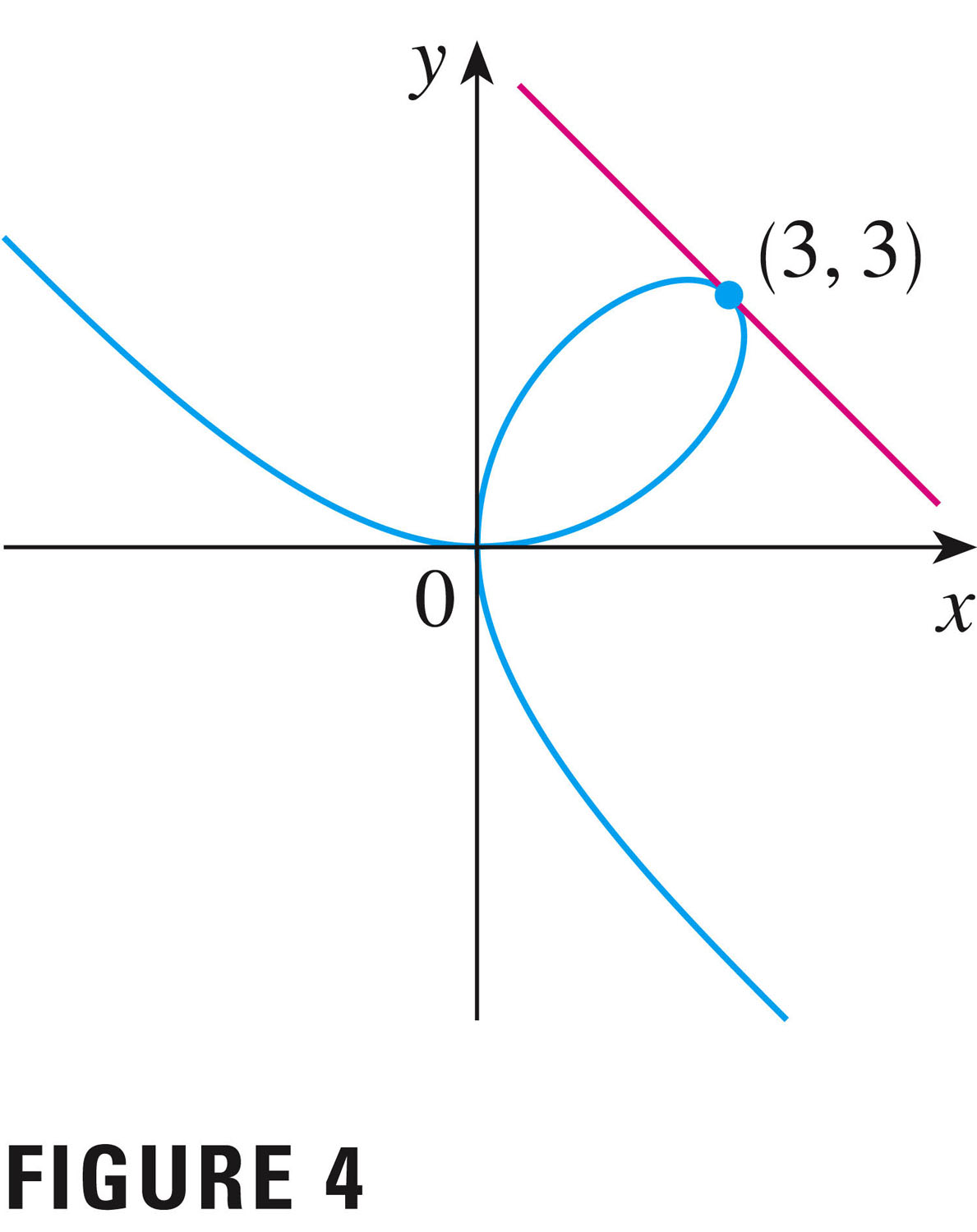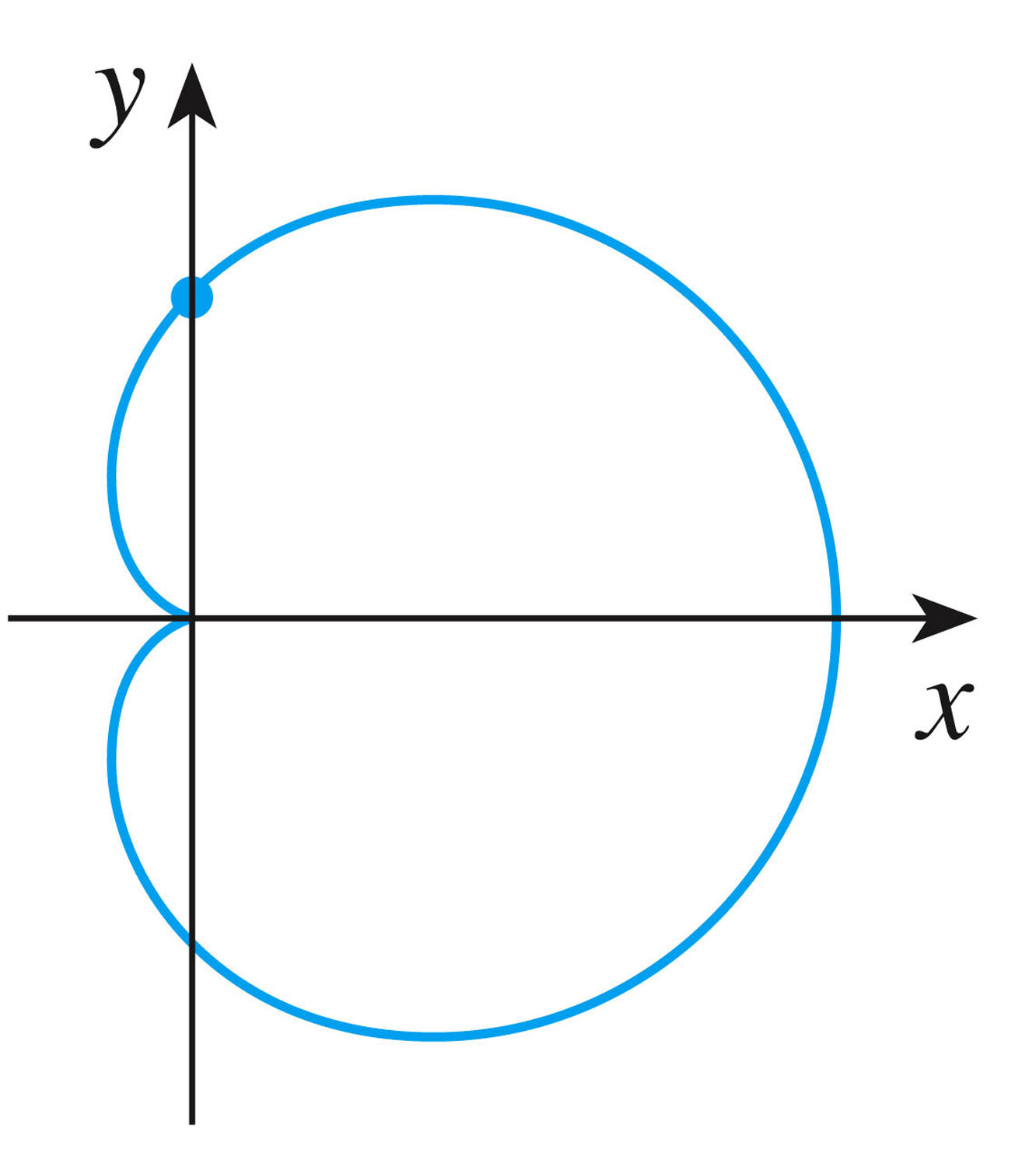We'll approach this topic via some examples:
- The first example to consider is the unit circle (circle of
radius 1, centered on the origin): $x^2+y^2=1$. This circle is not the
graph of a function (because it fails the Vertical Line Test, or VLT).
- Here's another conic section: consider the relationship
between x and y given by
$y = \frac{1}{x}$ We know how to differentiate y with respect to x, using the power rule.
But there's another way to think about this relationship, and that's
$x y =1$ This gives no priority to either variable. We can still differentiate to find y'(x), however, using the product rule and something called "implicit differentiation". We consider $y$ and unknown function of $x$, treating it as $y(x)$; then, since both sides of the equation
$x y(x) =1$ are equal, the derivatives of both sides must be equal. We differentiate both sides, and equate them (using the product rule on the left). From this we obtain the correct derivative, as well.
The solution curves are hyperbolas (one of the conic sections).
- Another example is the folium of Descartes, which is the graph
(solution) of the implicit equation
but\[
x^3 + y^3 = 6xy
\]
Here the equation is perfectly symmetric in $x$ and $y$: it's not at all clear
which variable is dependent, and which independent. By the way, this
symmetry in $x$ and $y$ means that the
solution curve must be symmetric about the line $\displaystyle y=x$. See
Figure 4, p. 159:

Even though the graph is not the graph of a function (either $y(x)$ or $x(y)$), we can still find tangent lines, etc., using ordinary derivatives. It is the case, however, that a single point in the plane can be represented by several different tangent lines (e.g. the point (0,0)).
- Here's a more complicated relationship between x and y given by
$x^2+y^2=(2x^2+2y^2-x)^2$ (#29, p. 162):

Because the equation is symmetric in $y$ (even in $y$), we expect the curve to be a reflection about the $x$-axis (as it is).
- Let's look at one important application of implicit functions: orthogonal families. #49, p. 163.